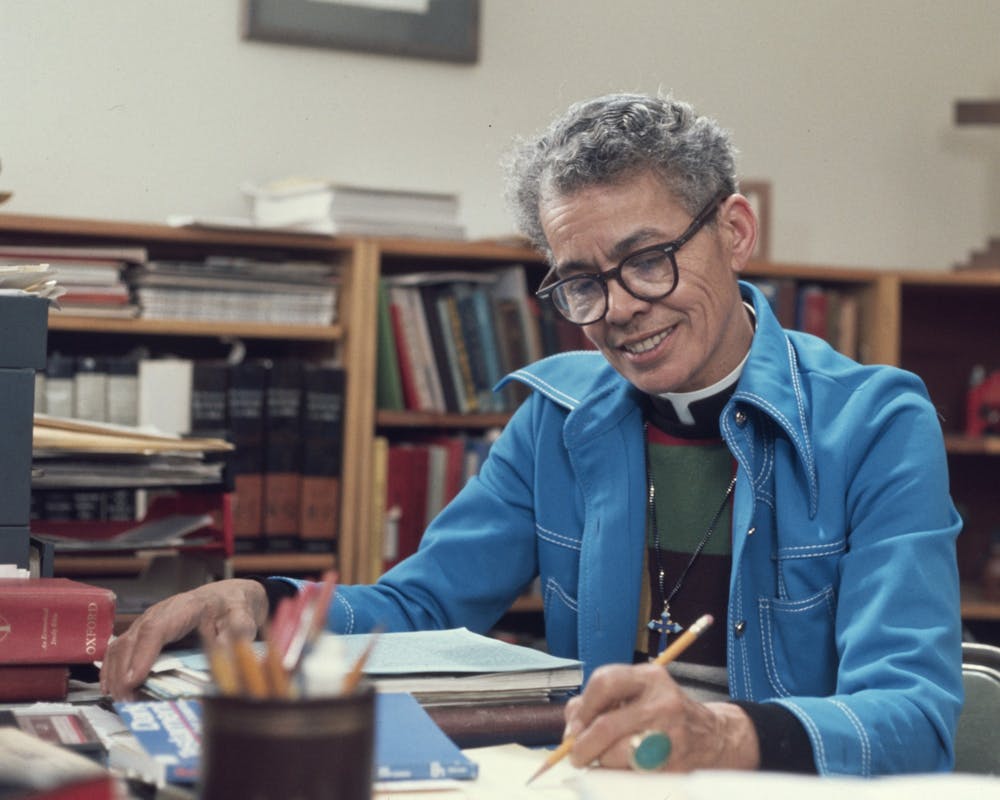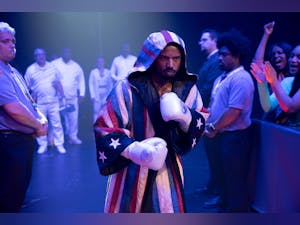From: Silver Screen
REVIEW: ‘My Name Is Pauli Murray’ brings justice to a queer activist’s hidden legacy

“My Name Is Pauli Murray,” directed by Julie Cohen and Betsy West, is a powerful documentary about an activist ahead of their time, but whose contributions were drowned out by the patriarchal and racist leanings of history.
Most American students learn a standard timeline of American civil rights history. Some notable markers include Rosa Parks’ efforts to combat discriminatory bus practices, or the court case Brown v. Board of Education which dictated the “separate but equal doctrine” as unjust. Through this film, Murray’s life experiences put these stories in limbo and force the viewer to consider a world that defies simplistic timelines or identification.
In 1940, 15 years before Rosa Parks, Murray was arrested for refusing to vacate their seat in the whites-only section of the bus. Additionally, Murray’s law school papers proved to be the basis for the Brown v. Board of Education case. Their law professor Spottswood Robinson drew from Murray’s thesis when working on Thurgood Marshall’s team.
Murray was a close confidant to many historical figures, including Ruth Bader Ginsburg and Eleanor Roosevelt. They were an example of someone who refused complacency and made sure their voice was heard, writing frequently to policymakers and challenging them for a response. This was how they forged valuable connections, connections that Murray cherished and whose letters were safeguarded for years.
These letters are a part of the impressive archive of papers that provided the basis for this documentary. With both audiotapes and papers from the vast collection left behind at the Schlesinger Library at Harvard, the film is able to create the effect of Murray communicating with the future.
The most impressive aspect of the film is that we can hear Murray’s story through their own words; West notes that “Pauli can tell Pauli’s story.” When at a loss to tell certain parts of the story, the filmmakers draw upon Murray’s own writings from the archives. The documentary also supplements Murray’s voice with the testimonies of professionals who had spent significant time studying them.
The film also shows professors and students discussing Murray’s work in the classrooms of Yale and Rutgers, in order to emphasize that the discourse happening should spread across the country. As Murray is a figure who is only starting to get the recognition they deserve, this documentary visualizes a future in which Murray is frequently discussed within educational spaces.
Murray is a real example of what an intersectional approach to education may look like, as their existence lived at the edge of many different boundaries. Both biracial and genderqueer, Murray had an identity that challenges the binaries evident within Western interpretations of race and gender. Their profession similarly could not be described by any one label. They lived first as a vagabond, then as a lawyer, a professor, and later, as a priest and writer: their identities were infinite.
Watching this movie underscores the importance of how we remember LGBTQ+ activists. Murray’s papers are held within the biggest women archive, yet that female identity was not one they wholeheartedly embraced. Some of the people within the documentary refer to Murray with she/her pronouns while the queer activists featured used they/them. Murray is only just beginning to be recognized for their contributions as a queer person. The film prompts us to reimagine what honoring our queer figures should look like in a world still so fixated on categorization.
As Murray emerges more into conversation with this documentary, let us make sure we do right by them and spotlight every aspect of their identity so as to not perpetuate the harm that Murray worked so tirelessly against.
“My Name Is Pauli Murray” was released in select theaters on Sept. 17 and will be released on Prime Video on Oct. 1.




